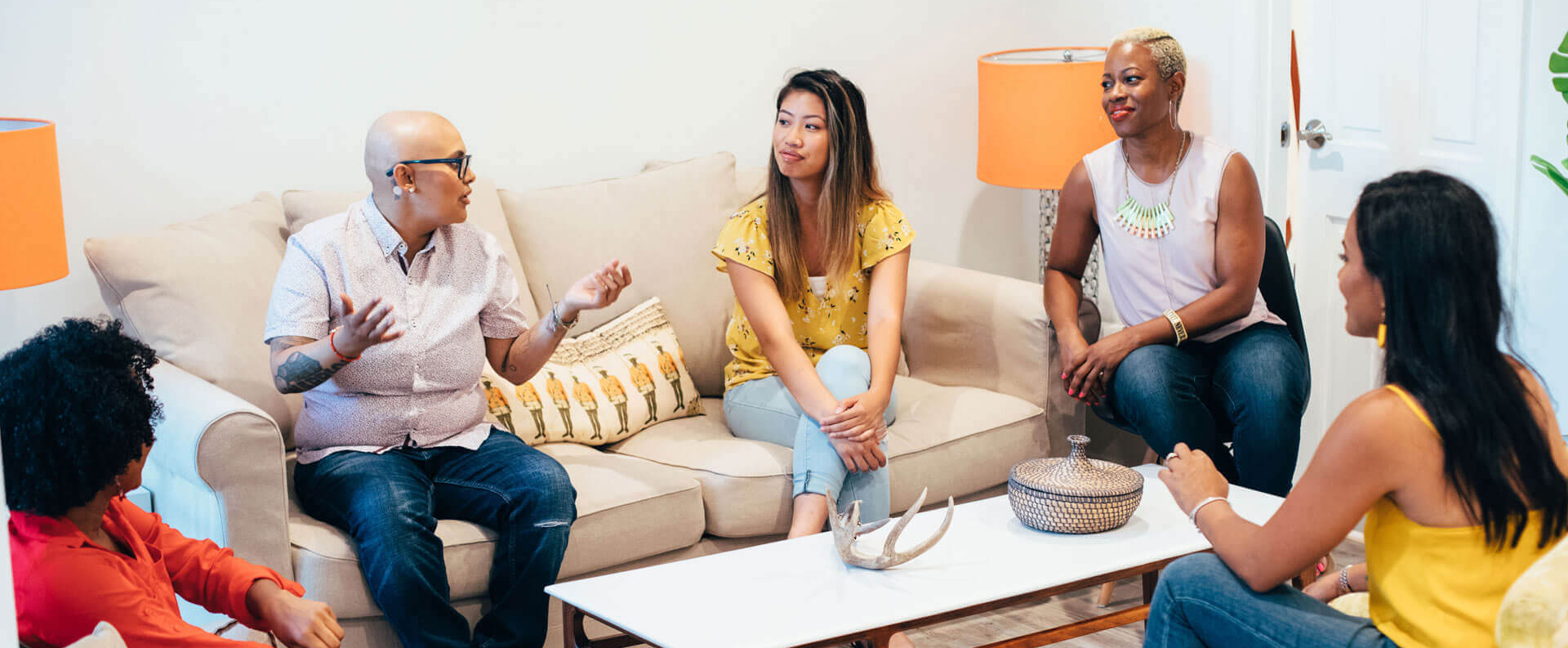**Now Accepting Clients - CA Residents Only**

It is perfectly normal to feel anxious from time to time, like the jitters you get before giving a speech or taking a test. This type of anxiety helps you prepare better and lets you know how much you care. Sometimes this sense of fear is so strong that it prevents you from performing daily activities, you may have a disorder. So how do you deal with crippling anxiety? Keep reading and find out.
Before we can talk about anxiety symptoms, we should answer the question What does anxiety mean? When a person feels anxious or has an intense fear and worry about everyday situations for an extended period of time, we call this an anxiety disorder. So what are the five symptoms of anxiety? What can anxiety do to your body? Here are the most common physical symptoms:
There are also some psychological signs people commonly experience:
Now that you know the definition and symptoms of these disorders, it would be good to mention that when we talk about anxious feelings some have, we usually refer to Generalized Anxiety Disorders (GAD). However, there are several other types aside from GAD:
Anxiety attack symptoms and panic attacks are very similar, and people can confuse the two of them. Even though there are similarities in the emotional and physical symptoms we addressed above, there are a couple of differences that can help you diagnose which kind of attack you have. A panic attack comes out of the blue it involves shortness of breath, fear of dying and losing control, accelerated heart rate, chest pain, nausea, a sense of detachment from the world. In an anxiety attack, the only difference is how fast this attack comes and what situations trigger it. Panic attacks aren’t always caused by specific stressors, while some threatening situations trigger anxious attacks, and this feeling usually builds up and doesn’t come suddenly like panic attacks.
According to ADAA, anxiety is the most common mental illness in the USA, affecting 40 million adults or 18.1% of the population each year. Women are more likely to develop some form of anxiety disorder than men. Simultaneously, numbers indicate that women of color will have a higher chance of developing some type of disorder than non-minority women. With that in mind, the worrying statistics show that women of color are also less likely to receive or ask for mental health services.
Women and girls of all races and ethnicities face specific emotional and psychological stressors consisting of the intersection of their gender and racial identity. Many women of color have had negative sociocultural experiences since early childhood. From an early age, we are exposed to racism, sexism, and discrimination causing emotional pain, which is never fully understood as a stressor or a risk factor for a psychological disorder.
Another generalized risk factor that primarily affects girls of color is exposure to traumatic childhood experiences (trauma in early childhood, loss of a family member, exposure or being a victim of violence, and others). This produces stress and can have a lasting impact on mental health later in adulthood.
All of this, paired with the fact that seeking mental health services is often seen as a sign of weakness and that mental health issues are considered taboo in most minority communities, makes for an extremely difficult path to self-care, self-love, and overall wellbeing and mental health for all people of color.
This is why we specifically offer therapy for women of color. Support is provided by therapists who not only understand your specific situation from a professional perspective, but also on a personal level. Here at WOC Therapy Inc., we understand how you feel, and we can help you overcome any obstacle or issue you may have.
We know being a marginalized woman can be difficult, and we strive to raise awareness that it is okay to feel anxious and overwhelmed from time to time. We also teach that taking care of your mental health is a fundamental right and not a sign of weakness. If you feel agitated, restless, stressed out, have self-doubt, or think you may have depression, check out our virtual workshops, and self-paced course with step-by-step videos, resources, and instructions to help you manage stress and other issues. You can also contact us and get your free consultation.
There are some tricks for managing anxiety alone. As we mentioned, there can be a time when you feel more anxious than usual, so these pieces of advice can come in handy and can help you to reduce the symptoms. But if you start feeling these symptoms for a more extended period, contact a counselor for support. Here are a couple of things you can do to reduce the symptoms:
Now that we’ve answered your questions What are the main signs of anxiety? and How to manage one alone?, it is time to talk about therapy. Psychotherapy is the most effective treatment for this disorder, along with anxiety medications, but bear in mind there is no cure for this disorder. The medication is only used to calm your symptoms. Your doctor will prescribe you therapy too.
So how does therapy work? We at WOC Therapy Inc provide individual in-person therapy and online therapy. We have trained therapists of color in cognitive behavioral therapy, and family systems who have years of experience working with young girls and women of color who’ve had these disorders and depression. In therapy, we will teach you how to cope with your feelings and change your behavior and negative thoughts, provide you with tools for managing social anxiety and other issues, and support you and empower you in achieving your goals. You will learn how to overcome life challenges and regain your self-confidence to become the best version of yourself.